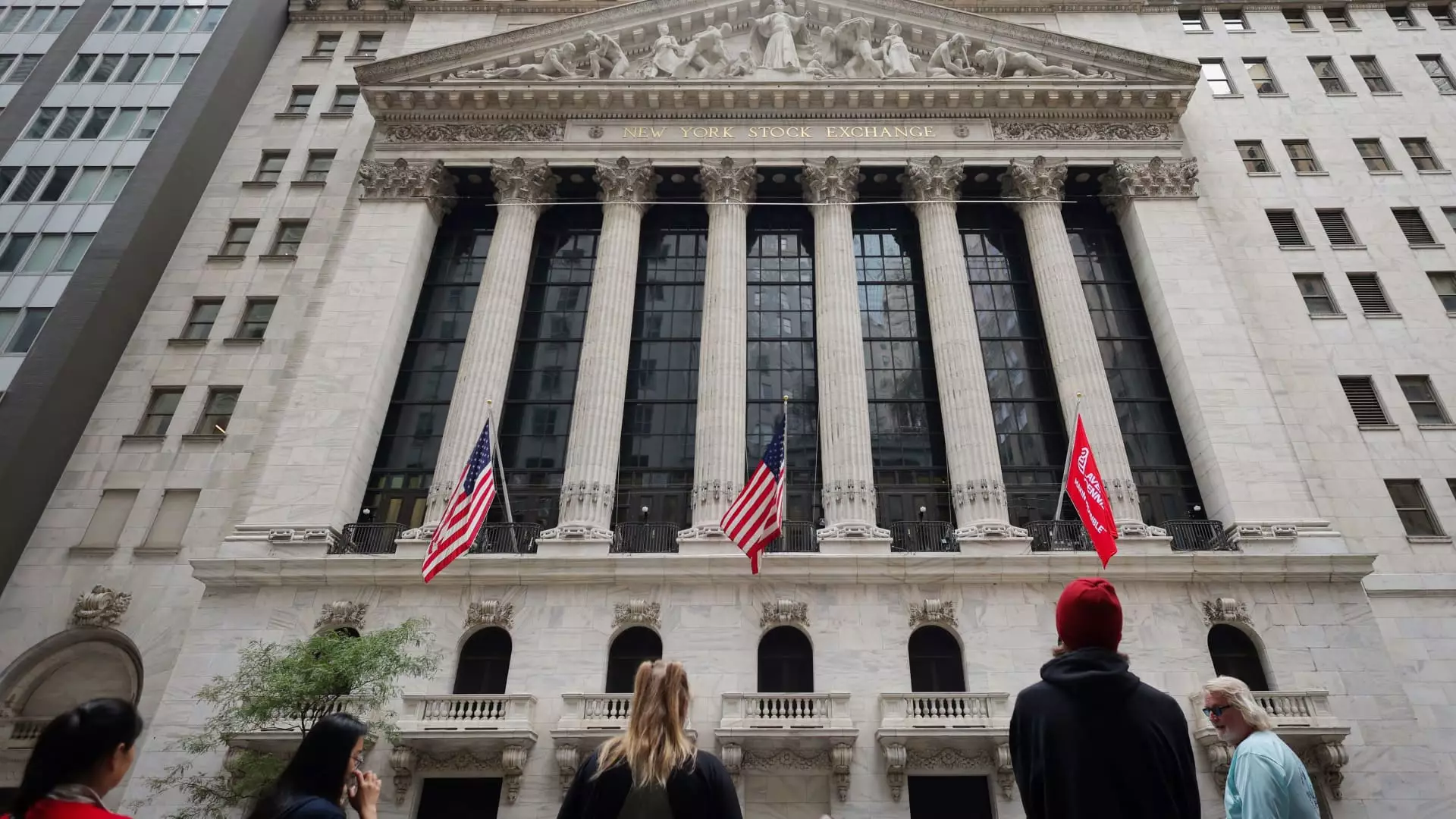The recent uptick in Treasury yields has stirred significant interest among investors and economists alike. At its core, this phenomenon can be traced back to a fundamental shift in how investors perceive risk and reward in government debt instruments. Understanding the factors driving this market reaction reveals a complex interplay of economic indicators, fiscal concerns, and political dynamics.
The escalation of Treasury yields is primarily indicative of investors’ growing insistence on higher compensation for the risks they assume when purchasing government bonds. This demand for increased yield, illustrated by the term premium — a measure of extra yield over a risk-free rate — offers insight into investor sentiment regarding the stability and attractiveness of long-term debt. Following the Federal Reserve’s recent adjustments, there has been a noticeable rise in the term premium, particularly for 10-year notes, which has seen a steep climb since early September.
Breaking down these movements reveals a broader narrative suggesting that the market is reacting to more than just interest rates; it is also responding to the economic landscape. Analysts noted that the term premium has surged approximately 30 basis points, a shift that emphasizes the growing hesitance among investors to commit to long-term bonds without a sufficiently enticing return.
The Impact of Recent Economic Data
A closer look at economic indicators reveals a dual narrative: on one hand, positive data such as robust retail sales points to a resilient consumer base, contributing to confidence in economic stability. On the other hand, the alarming fiscal situation of the U.S. government cannot be ignored. The recent announcement of a staggering $1.8 trillion budget deficit for fiscal 2024, coupled with high debt financing costs, has raised eyebrows. This juxtaposition of solid economic performance against a backdrop of fiscal irresponsibility is creating unease in the bond market.
Moreover, the situation is exacerbated by the impending elections, which introduce a layer of uncertainty. The political landscape, particularly with the prospect of Donald Trump’s candidacy gaining momentum, is influencing traders’ perceptions. The fluctuations in Treasury yields appear to coincide with the shifting probabilities in the betting markets regarding election outcomes, indicating how deeply intertwined financial and political units have become.
As yields climb, stock markets also feel the pressure, suggesting that equities may react to rising borrowing costs. This could create a vicious cycle affecting economic growth if investors pull back from equities in favor of the now more attractive debt markets. According to analysts, the key takeaway from these movements lies in the impulse they send to fiscal policymakers both domestically and abroad, highlighting the precarious state of global public sector debt, which is rapidly nearing the $100 trillion mark.
The question arises: how will the Federal Reserve react to these rising yields? While consensus suggests a potential rate cut of 25 basis points in early November, uncertainty prevails regarding future cuts. The market appears to be pricing in a more cautious outlook, particularly after the Fed’s hints of possibly four rate cuts within the fiscal year.
The Dilemma for the Federal Reserve
Expert opinions diverge on how the Fed should navigate this evolving situation. Some argue that the spike in term premiums and yields correlates with improved economic indicators, thus negating any justification for further cuts. Joseph LaVorgna, chief economist at SMBC Nikko, posits that the data does not necessitate a reduction in rates at the upcoming meeting. Instead, the Fed may need to adopt a more measured approach, assessing broader fiscal responses while considering the balance between stimulating growth and controlling inflation.
The rise in Treasury yields signifies more than just a market adjustment to interest rates; it encapsulates a narrative of economic resilience amid fiscal uncertainty and political speculation. The implications of this uptick resonate across the financial landscape, affecting not only bond and equity markets but also highlighting the critical decisions awaiting policymakers. As investors closely monitor these dynamics, the outcome will undoubtedly shape the strategies employed by both fiscal managers and the Federal Reserve in the months to come. In a climate of uncertainty, maintaining a keen understanding of intertwined factors will be crucial for navigating the complexities of the financial market.


Leave a Reply